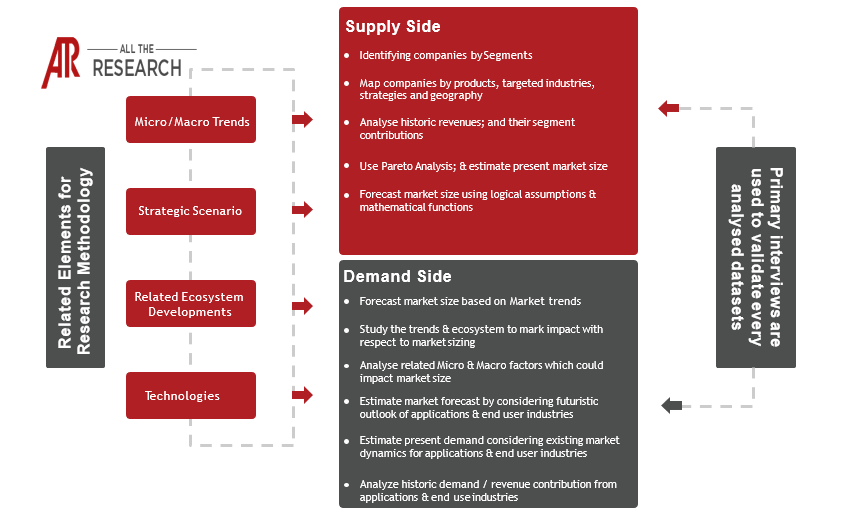The Industrial Energy Management System (IEMS) market is experiencing robust growth, driven by the escalating need for energy efficiency, cost optimization, and adherence to increasingly stringent environmental regulations across various industrial sectors. This section provides a detailed overview of the IEMS market, encompassing its definition, key drivers and challenges, regulatory landscape, major players, regional trends, and emerging opportunities for growth and investment.
Definition and Scope:
An Industrial Energy Management System (IEMS) is a comprehensive software and hardware solution that monitors, analyzes, and controls energy consumption within industrial facilities. Its primary objective is to improve energy efficiency, reduce operational costs, and minimize environmental impact. IEMS encompasses various functionalities, including:
Key Market Drivers:
The IEMS market is fueled by a confluence of powerful drivers:
Key Market Challenges:
Despite the strong growth prospects, the IEMS market faces certain challenges:
Regulatory Focus:
Regulations are playing a crucial role in driving the adoption of IEMS. Governments are increasingly enforcing energy efficiency standards and setting targets for reducing greenhouse gas emissions. Examples include:
Major Players:
The IEMS market is characterized by the presence of a diverse set of players, including:
Regional Trends:
Trends within M&A, Fund Raising, and Others:
Conclusion:
The Industrial Energy Management System market represents a compelling opportunity for businesses seeking to enhance energy efficiency, reduce operational costs, and meet environmental obligations. Driven by regulatory mandates, technological advancements, and growing industrial demand, the market is poised for continued expansion. Market participants must address challenges related to investment costs, security and integration while focusing on innovation, strategic partnerships, and expanding their offerings across all regions.
The Report Segments the market to include:
By Component:
By Application:
By Deployment:
By Industry Vertical:
By Region:

Ask for free product review call with the author

Share your specific research requirements for a customized report

Request for due diligence and consumer centric studies

Request for study updates, segment specific and country level reports
By Component:
By Application:
By Deployment:
By Industry Vertical:
By Region:
Hannover Messe (April 2024): Global trade show for industrial technology, featuring automation, energy solutions, and digital transformation.
EES Europe (June 2024): Part of Intersolar Europe, focusing on energy storage systems and showcasing technologies relevant to energy management in industrial settings.
Enlit Europe (October/November 2024): Conference and exhibition covering the entire energy value chain, including smart grids, energy management, and industrial energy efficiency.
WEF (World Economic Forum) Annual Meeting (January 2025): While not exclusively focused on industrial energy management, discussions on sustainability, climate action, and technological advancements often include relevant topics and insights.
DistribuTECH International (TBD 2025): This event focuses on utility-scale and behind-the-meter energy distribution, with a portion focusing on smart grid solutions relevant to energy management.
ABB Siemens Schneider Electric General Electric Rockwell Automation Honeywell International Inc. Eaton Emerson Electric Co. Yokogawa Electric Corporation Johnson Controls Wartsila Danfoss Landis+Gyr Itron, Inc. Oracle Corporation SAP SE C3 AI AVEVA GridPoint Enel X
